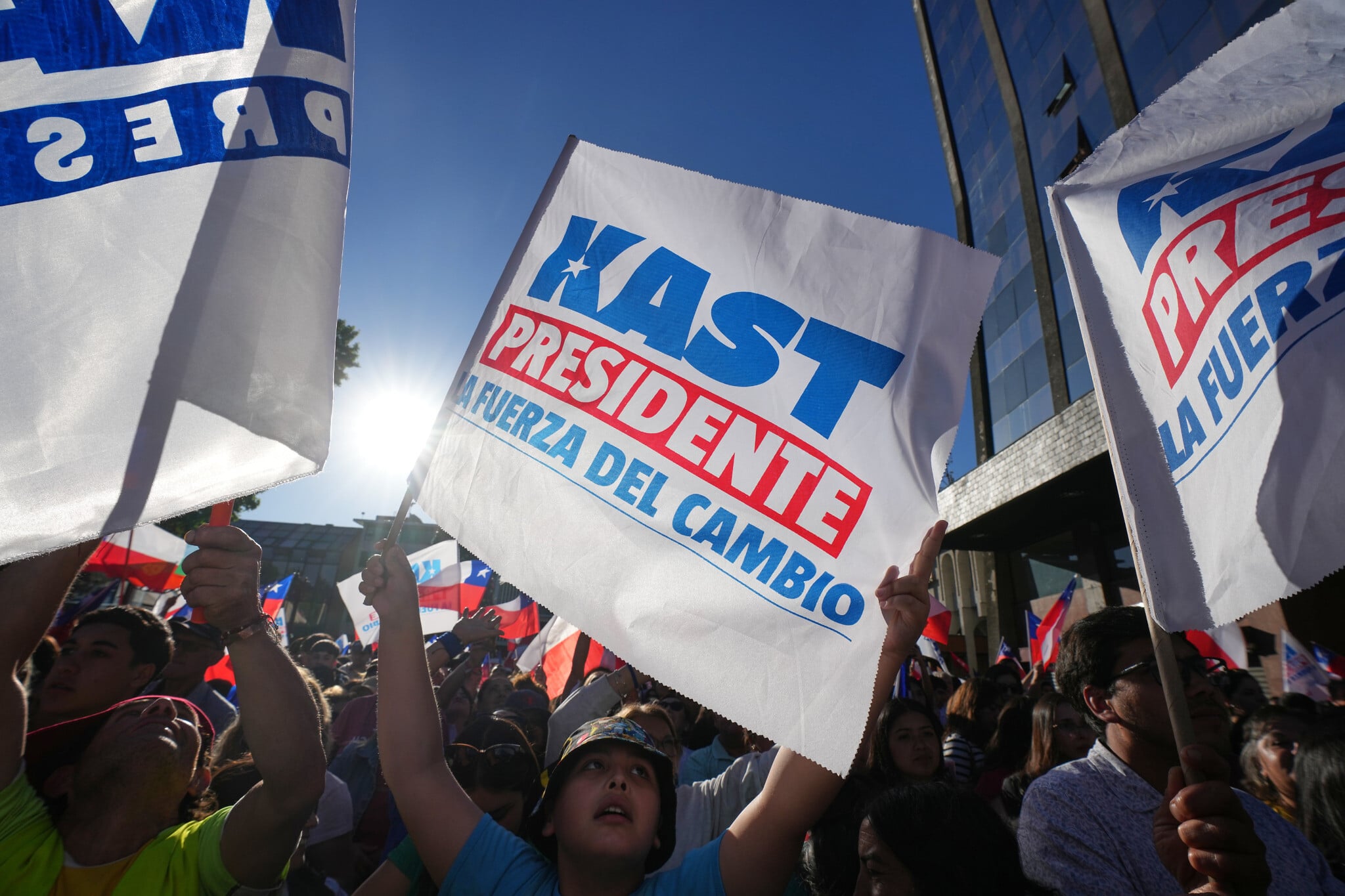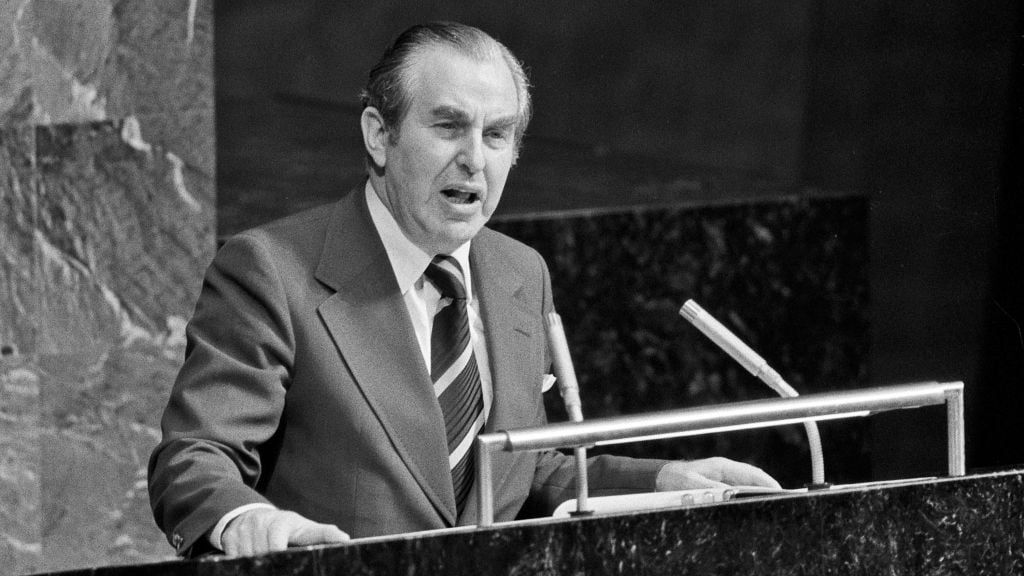
Twende solar installation in Ethiopia
The world added a record 582 GW of renewable energy in 2024, but that pace is still far off from what’s needed to meet the COP28 UAE Consensus target of tripling capacity to 11.2 TW by 2030, according to a new progress report released today by the global renewable energy group IRENA, the COP30 Brazilian Presidency and the Global Renewables Alliance (GRA).
To stay on track, the energy system now needs to deploy 1,122 GW every year from 2025 onward — nearly double today’s annual buildout. Global energy efficiency is lagging even further behind, growing by just 1%, far short of the 4% annual improvement needed to keep the 1.5°C goal alive.
The report — Delivering on the UAE Consensus — calls for urgent action to:
-
Embed higher renewable targets into upcoming NDC 3.0 climate plans before COP30 in Belém
-
Double national ambition in line with the tripling goal
-
Scale annual clean energy investment to USD 1.4 trillion between 2025 and 2030 — more than double the USD 624 billion invested in 2024.
Investment, Grids, Supply Chains: The Real Bottlenecks
Despite rising investment, actual project delivery remains slow. Grid limitations and supply chain vulnerabilities for solar, wind, batteries and green hydrogen are emerging as the central barriers — a reality also echoed by energy developers interviewed by Green Prophet this year, who cite grid access and permitting delays as the main brake on deployment, not technology availability.
USD 670 billion per year must go into grid modernisation and flexibility solutions like storage to prevent renewable energy “traffic jams” — a theme seen in MENA markets, where solar capacity is being installed faster than utilities can connect it. Read here how AI can stabilize the grid.
-
G20 countries are expected to hold over 80% of installed renewable capacity by 2030.
-
G7 economies must play a leadership role by scaling their collective share to around 20% of global capacity.
-
Wealthy nations are urged to deliver on the USD 300 billion climate finance floor and move toward the USD 1.3 trillion aspiration set at COP29.
We’ve declined putting in quotes from the talking heads. European blackouts, political instability and skyrocketing prices for food and energy are due to Middle East conflicts and interests fueling conflicts, such as Qatar propping up Hamas and Hezbollah and the Houthis who fire at ships. Russia’s invasion of Ukraine is also destabilizing energy prices and has been so for about 4 years now.
In MENA and Mediterranean markets we cover, solar fields now sit ready but under-connected, as grid modernisation lags behind flashy capacity announcements. The region — especially Gulf and North African economies — could play a major role in closing the global gap, but only if infrastructure catches up with ambition and clean tech manufacturing localises, rather than relying on fragile import chains.
::Download IRENA report








